Traducción generada automáticamente
Mostrar original
Mostrar traducción
VERY RARE TERRACOTTA SEAT FROM THE SIGNA MANUFACTURE 19th Century Italy Height 72 cm Width 65 cm Depth 60 cm Weight 36 Kg Manufacturing Signa Manufacture Material Light terracotta (melletta d'Arno) good condition Handmade by the famous Bondi Brothers Manufacture Signa Manufacture is a historic terracotta ceramic workshop. It was created in 1895 by Camillo Bondi. " At the beginning of the twentieth century, Signa was still one of the major industrial centers of straw. To that industry, which had made the name of the town known beyond the national borders, another activity had been added which, from the last five years of the nineteenth century and in a short space of years, would relaunch its name on the European and American markets: the artistic terracotta industry "Manifattura di Signa", founded in Signa (Florence), in 1895 by Camillo Bondi, in the premises of the "Fornaci di Signa" factory owned by his brother Angelo. At that time, the taste for the false antique continued to seduce with all its charm, and in ceramics the interest in tradition had pushed the most important Italian manufacturers to revisit Renaissance forms and decorations, reaching with a high level of artisanal expertise the ancient virtuosity of the historiated and the grotesque. If those productions interpreted the antique with eclecticism typical of the nineteenth century, the Manifattura di Signa instead, he aimed for the perfect resemblance of the real, both through the forms cast when possible on the original, and by means of patinas simulating those of marbles and bronzes and even the damage of time, in order to obtain the appearance of the authentic piece, both visually and tactilely and, in certain bronzes, even in sound. with this spirit, reproductions of sculptural and decorative masterpieces of all times will take shape from the Arno mud: from Etruscan to Greek statuary, from Roman to Renaissance, from Moorish vases to contemporary Art Nouveau creations. The resulting success, demonstrated by numerous exhibition awards such as the medal at the Universal Exhibition in Paris in 1900, where he exhibited numerous plastic terracottas, suitable for decorating exteriors, with a particular patina that improved their appearance and increased resistance to atmospheric agents, soon expanded the number of occupations and the specialization of young artists supported by the experience of sculptors of excellent fame, called to Signa for new ideas by the Bondi brothers, the brilliant founders and managers of the Manufacture, coming from a family of the upper middle class Jewish Livorno and close to the intellectual and anti-positivist environment of the Florentine magazine "Il Marzocco". with the new industry, an informal school of young workers was thus generated in Signa, who, although lacking regular education, growing under the experience of the sculptors and in contact with the most sublime models of universal classicism, a true concentration of the world's museums, were naturally stimulated and educated to the beauty and proportions of forms, so much so that they became refined craftsmen, plasticizers, sculptors, capable of giving life to other similar manufactures." SOURCE: Marco Moretti, Bruno Catarzi sculptor, 1903-1996, Edizioni Masso delle Fate, Signa 2005.
RARÍSIMO ASIENTO DE TERRACOTA DE LA MANUFACTURA SIGNA Siglo XIX Italia Altura 72 cm Anchura 65 cm Profundidad 60 cm Peso 36 Kg Fabricación Signa Manufacture Material Terracota ligera (melletta d'Arno) buen estado Hecho a mano por los famosos hermanos Bondi Manufacture Signa Manufacture es un histórico taller de cerámica de terracota. Fue creado en 1895 por Camillo Bondi. "A principios del siglo XX, Signa era todavía uno de los principales centros industriales de la paja. A esa industria, que había dado a conocer el nombre de la ciudad más allá de las fronteras nacionales, se había añadido otra actividad que, a partir del último lustro del siglo XIX y en un corto espacio de años, relanzaría su nombre en los mercados europeos y americanos: la industria de terracota artística "Manifattura di Signa", fundada en Signa (Florencia), en 1895, por Camillo Bondi, en los locales de la fábrica "Fornaci di Signa", propiedad de su hermano Angelo. En aquella época, el gusto por la falsa antigüedad seguía seduciendo con todo su encanto, y en cerámica el interés por la tradición había empujado a los más importantes fabricantes italianos a revisitar las formas y decoraciones renacentistas, alcanzando con un alto nivel de maestría artesanal el antiguo virtuosismo de lo historiado y lo grotesco. Si aquellas producciones interpretaban lo antiguo con un eclecticismo propio del siglo XIX, la Manifattura di Signa, en cambio, pretendía la perfecta semejanza de lo real, tanto a través de las formas fundidas cuando era posible sobre el original, como mediante pátinas que simulaban las de los mármoles y bronces e incluso los daños del tiempo, con el fin de obtener la apariencia de la pieza auténtica, tanto visual como táctil y, en ciertos bronces, incluso sonora. con este espíritu, del barro del Arno saldrán reproducciones de obras maestras de la escultura y la decoración de todos los tiempos: de la estatuaria etrusca a la griega, de la romana a la renacentista, de los jarrones árabes a las creaciones contemporáneas del Art Nouveau. El éxito resultante, demostrado por numerosos premios en exposiciones como la medalla de la Exposición Universal de París de 1900, donde expuso numerosas terracotas de plástico, aptas para decorar exteriores, con una pátina particular que mejoraba su aspecto y aumentaba su resistencia a los agentes atmosféricos, pronto se amplió el número de ocupaciones y la especialización de los jóvenes artistas apoyados en la experiencia de escultores de excelente fama, llamados a Signa en busca de nuevas ideas por los hermanos Bondi, los brillantes fundadores y gerentes de la Manufactura, procedentes de una familia de la alta burguesía judía de Livorno y próximos al ambiente intelectual y antipositivista de la revista florentina "Il Marzocco". con la nueva industria, se generó así en Signa una escuela informal de jóvenes obreros que, aunque carecían de una educación regular, al crecer bajo la experiencia de los escultores y en contacto con los modelos más sublimes del clasicismo universal, verdadera concentración de los museos del mundo, fueron naturalmente estimulados y educados en la belleza y las proporciones de las formas, hasta el punto de convertirse en refinados artesanos, plastificadores, escultores, capaces de dar vida a otras manufacturas similares." FUENTE: Marco Moretti, Bruno Catarzi escultor, 1903-1996, Edizioni Masso delle Fate, Signa 2005.



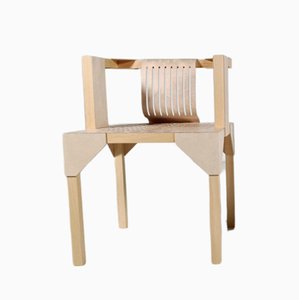


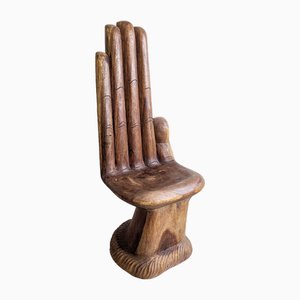
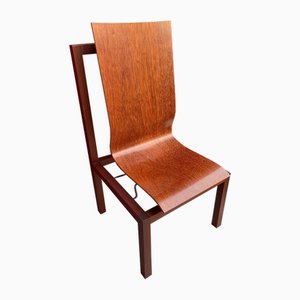

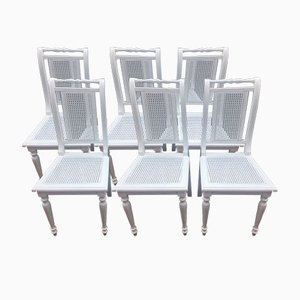
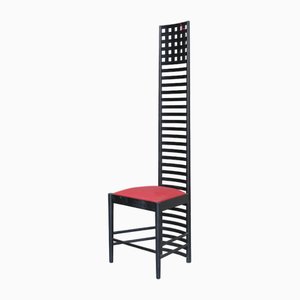

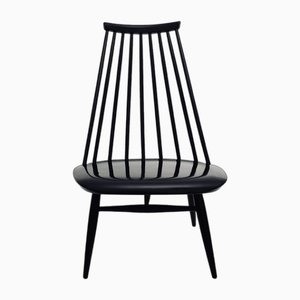
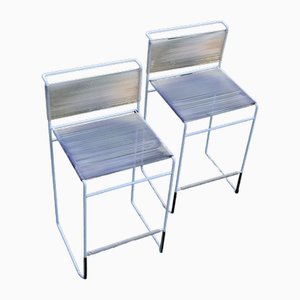
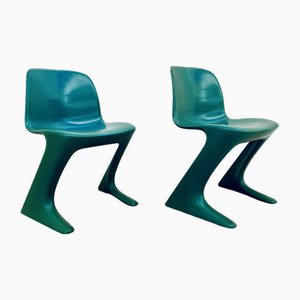
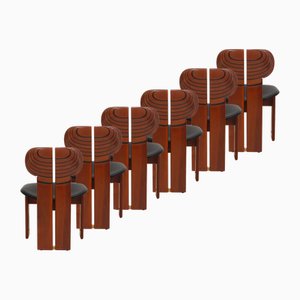
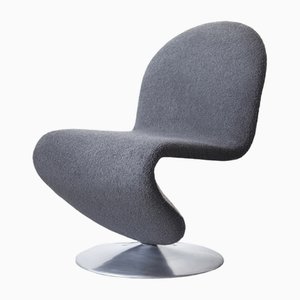


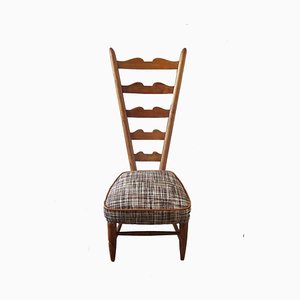
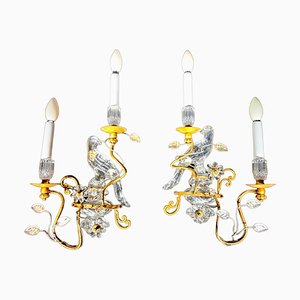
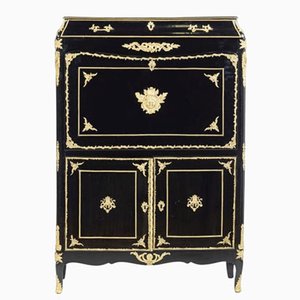
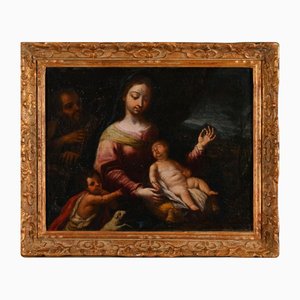
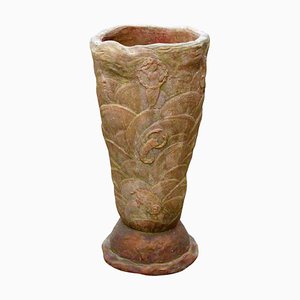

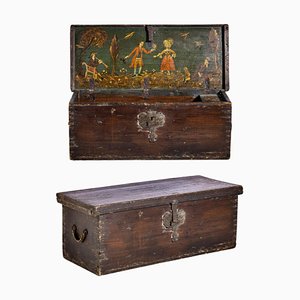

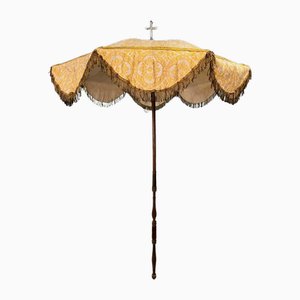
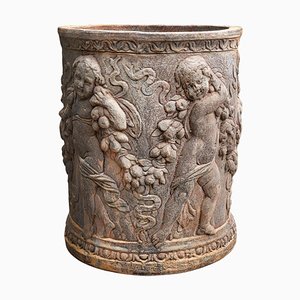

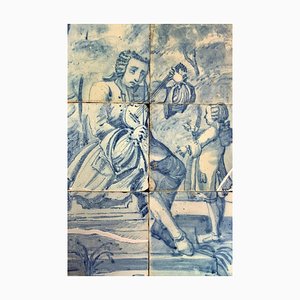
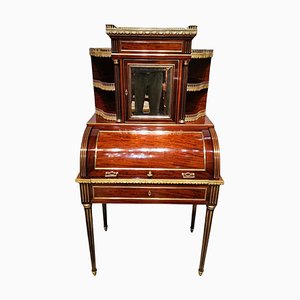

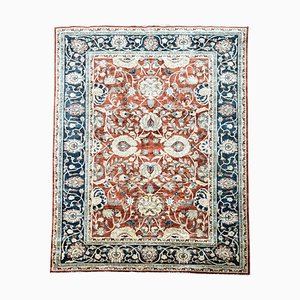
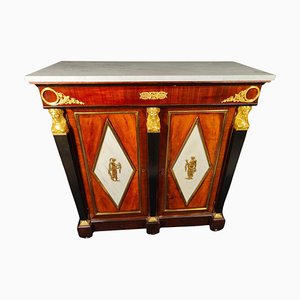


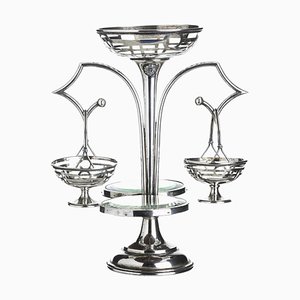

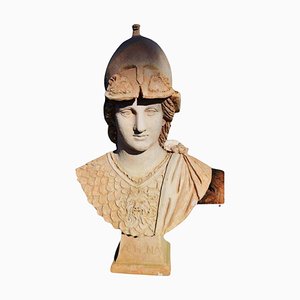
Contacta con nosotros
Haz una oferta
¡Hemos notado que eres nuevo en Pamono!
Por favor, acepta los Términos y condiciones y nuestra Política de privacidad
Contacta con nosotros
Haz una oferta
¡Ya casi está!
Para seguir la conversación en la plataforma, por favor completa el registro. Para proceder con tu oferta en la plataforma, por favor completa el registro.Exitoso
Gracias por tu consulta, alguien de nuestro equipo se pondrá en contacto contigo en breve.
Si eres profesional del diseño, por favor solicita aquí los beneficios del Programa comercial de Pamono